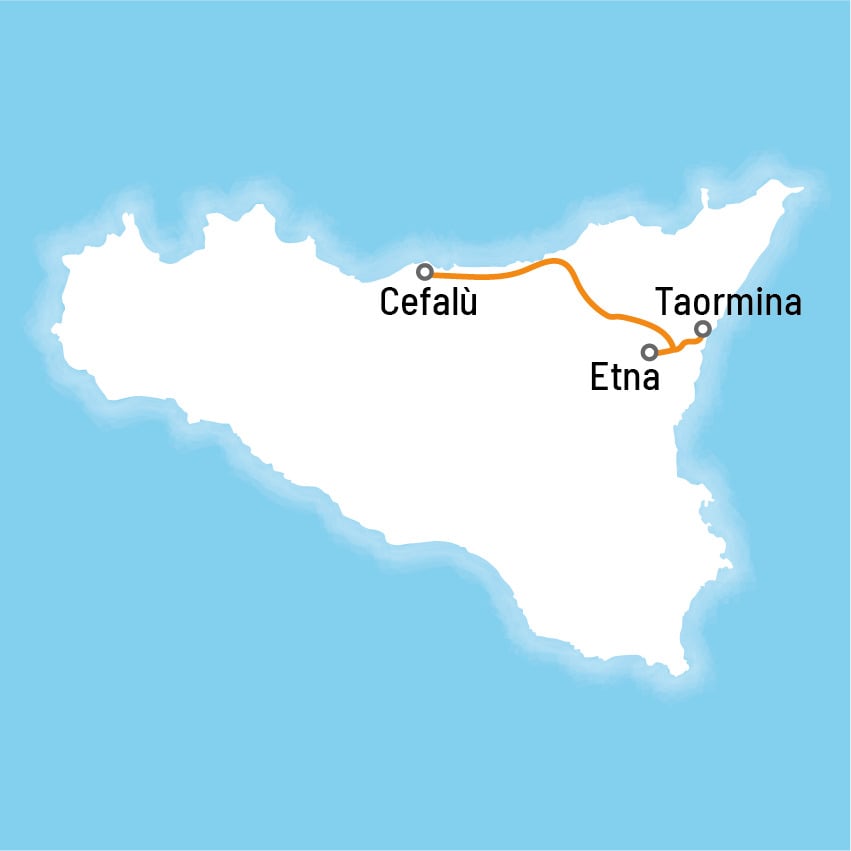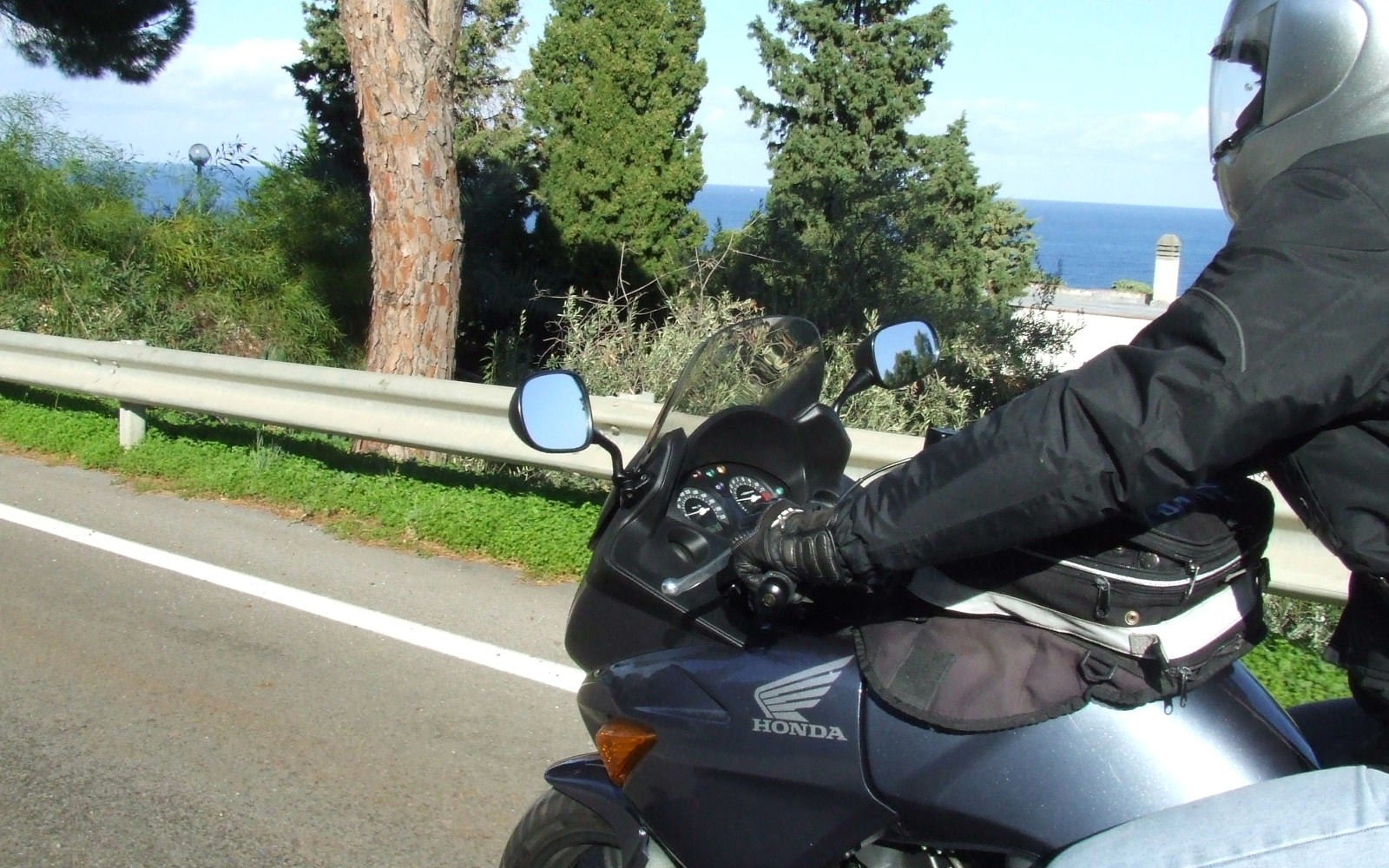Etna
Etna was known in Roman times as Aetna, that possibly comes from the Greek word aitho (“to burn”).
The Arabs called the mountain Gibel Utlamat (“the mountain of fi re”); this name was later changed into Mons Gibel and subsequently Etna’s current local name Mongibello.
The mountain’s regular and often dramatic eruptions made it a major subject of interest for Classical mythologists and their later successors, who sought to explain its behaviour in terms of the various gods and giants that populated Roman and Greek legends. Aeolus, the king of the winds, was said to have imprisoned the winds in caves below Etna. The giant Typhon was confi ned under Etna, according to the poet Aeschylus, and was the cause of the mountain’s eruptions. Another giant, Enceladus, rebelled against the gods, was killed and was buried under Etna.
Hephaestus or Vulcan, the god of fi re and forge, was said to have had his forge under Etna and drove the fi re-demon Adranus out from the mountain. The Greek underworld, Tartarus, was supposed to be situated beneath Etna.
Taormina
The remains of the Greek theatre, are not actually Greek, as the theatre was rebuilt by the Romans in the 2nd century BC on the site of the original theatre. With a diameter of 109 metres (after an expansion in the 2nd century), this theatre is the second largest of its kind in Sicily; it is frequently used for performances and concerts. The Taormina Film Festival has been held for over fi fty years, with international fi lm stars viewing fi lms on a screen set up for the occasion inside the Greek theatre.
Cefalù
The Cathedral of Cefalù located in Piazza Duomo was built under the patronage of Roger II of Sicily, beginning in 1131. This style of Norman architecture would be more accurately called Sicilian Romanesque, the mosaics inside are among the most famous in the world.


